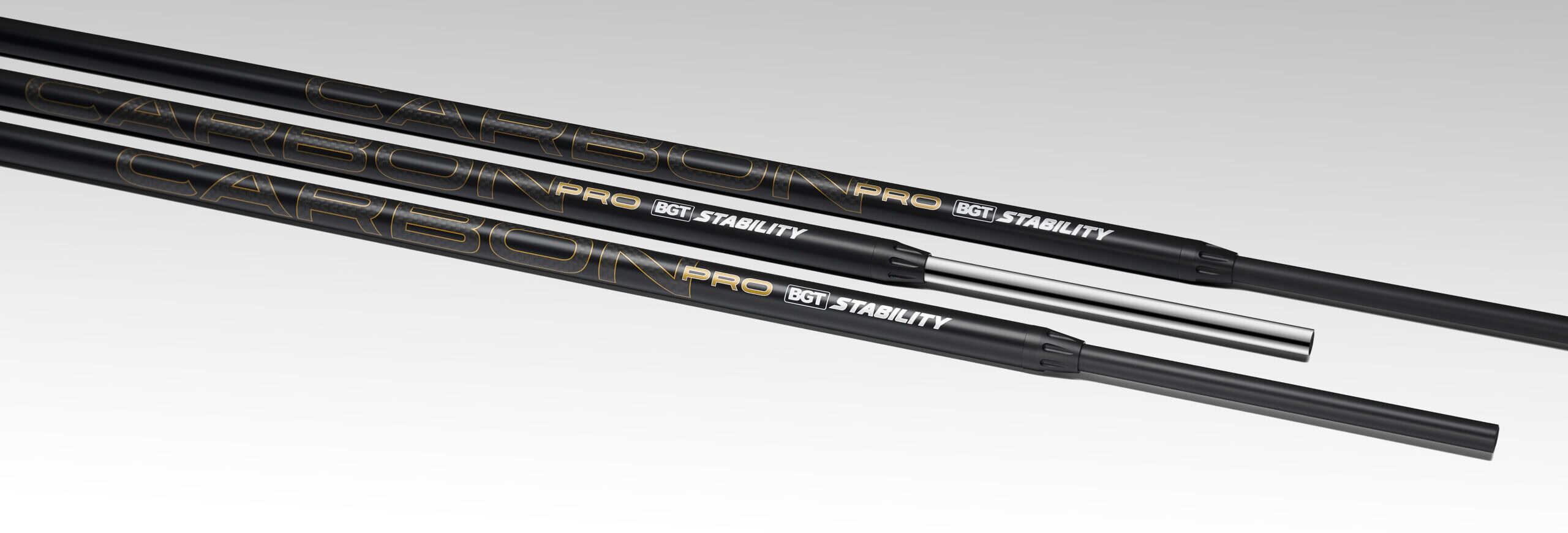
Many golfers focus mostly on clubheads (loft, face design, materials) and may under appreciate just how much the shaft influences feel, ball flight, forgiveness, consistency, and overall performance.
The golf shaft is the engine of the club: it mediates the forces between your hands and the head, and subtle changes in stiffness, torque, weight, and bending behavior can yield meaningful differences in shot dispersion, launch angle, spin, and feel.
We believe that optimal shaft choice is about matching your swing characteristics to a shaft whose design enhances stability, consistency, and control, not simply “adding distance.”
In this article we’ll walk you step-by-step through the factors to evaluate when choosing a shaft, how to interpret trade-offs, and where our high-performance golf shafts can deliver real advantages.
The purpose of the golf shaft is to transfer the energy from your swing to the clubhead with precision and consistency.
In full-swing clubs, that means optimizing flex, weight, and torque for distance and control. In putters, the shaft’s function is more subtle: it stabilizes the head through the stroke, resists twisting, and provides a consistent feel at impact. Even a fraction of instability in your putting stroke can send a putt offline or affect speed control, so a high-performing putter shaft is essential.
Putting is all about precision and confidence. Every small movement, vibration, and flex can influence the roll of the ball. Standard steel putter shafts have long been the industry norm, but as putting technology has evolved, players and engineers have recognized that these shafts often allow too much flex or torque during the stroke. This micro-instability can lead to inconsistency in face angle and distance control, especially under pressure.
A high-quality putter shaft minimizes these issues by increasing stability and consistency through impact. It’s designed to deliver a truer roll and a more repeatable stroke—something that’s critical for both professionals and amateurs aiming to improve their putting performance.
Here at Breakthrough Golf Technology, we’ve been at the forefront of the shaft evolution, particularly with our Stability line of putter shafts. Our approach is grounded in the belief that the weakest link in most putters is the traditional steel shaft. To fix this, we’ve engineered a multi-material construction that enhances stiffness and reduces torque while maintaining a familiar feel.
Where a standard steel shaft may flex or oscillate slightly during your stroke, a Stability shaft maintains its shape and transfers energy more efficiently. Players immediately notice improved feel and confidence, the putter simply behaves the same every time.
The most important characteristic of a putter shaft is how stable it feels through the stroke. A shaft with reduced torque and higher stiffness keeps the face square longer, especially on mishits. This translates to a more consistent roll pattern and fewer putts pushed or pulled.
Shaft weight affects both tempo and feel. Lightweight carbon shafts allow for smoother acceleration through the stroke, while slightly heavier options can help stabilize shaky hands or fast tempos. Balance is also key; the shaft should maintain the original head weight feel or improve it depending on your stroke type.
The correct shaft length ensures proper posture and eye alignment over the ball. Most putters range between 33 and 35 inches, but custom fitting can optimize your stroke path and comfort. A professional fitting can determine whether a counterbalanced or traditional setup best suits your stroke.
While flex is more critical in full-swing clubs, the feel of a putter shaft remains deeply personal. Some players prefer a firmer response; others like a softer, more dampened sensation.
Traditional putter shafts are made of steel. Advanced models like our Stability Carbon Pro use a hybrid design that increases stability without sacrificing feedback, giving players the best of both worlds, modern performance with a classic putting feel.
If your putter feels inconsistent, if you struggle with distance control, or if your putts tend to veer slightly off line even with a square stroke, it might not be your mechanics, it might be your shaft.
Many golfers spend thousands on fitting for irons and drivers but neglect the single most used club in their bag. Upgrading to a high-performance shaft can often yield more noticeable improvement than any other single piece of equipment.
Picking the right golf shaft isn’t just about swing speed or launch angles, it’s about feel, feedback, and consistency. For putters, the right shaft can be the hidden key to unlocking a steadier, more confident stroke.
Our Stability line, especially the Stability Carbon Pro, represents a leap forward in how modern golfers approach putting. By minimizing torque, enhancing feel, and improving roll quality, it provides a tangible advantage that every golfer, from tour professionals to weekend players, can feel immediately.